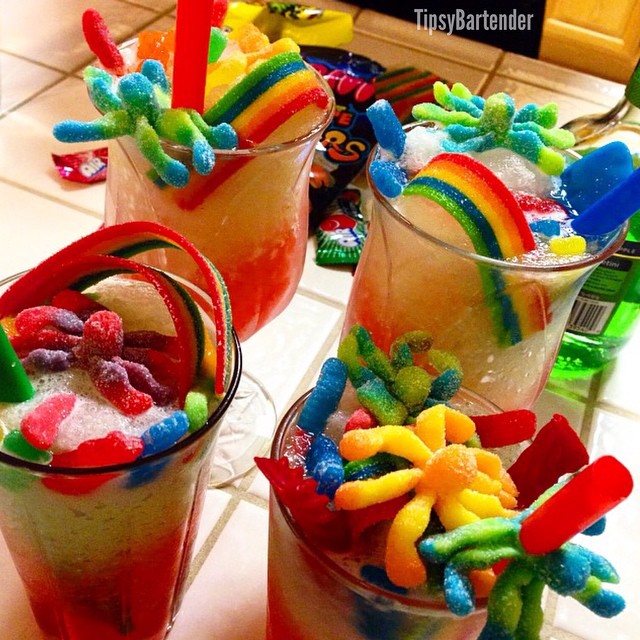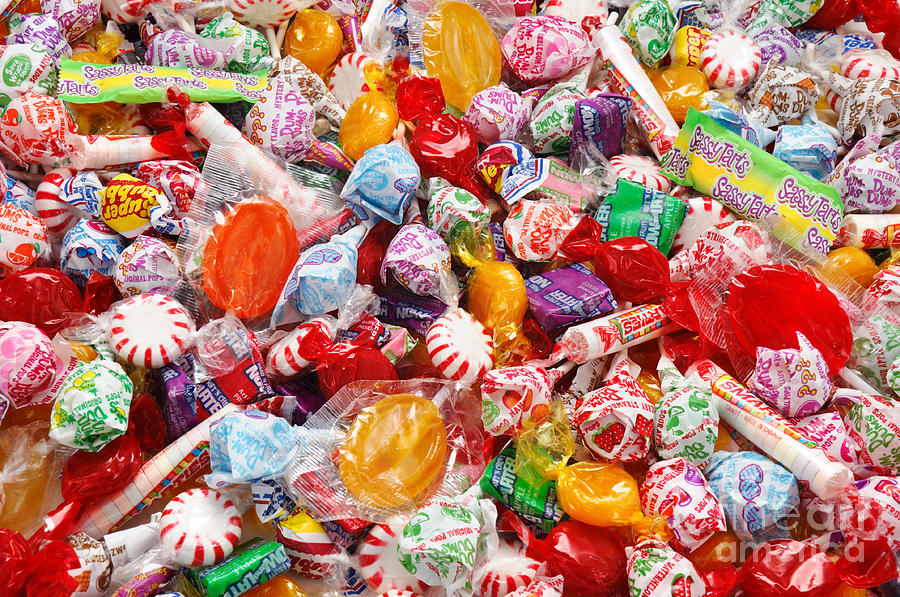
Of course, there’s an app for that, but we can’t expect ourselves to digitally track sugar intake for every member in our home. The American Heart Association recommends you look to this label and keep your daily intake to under twenty-five grams (or six teaspoons) for women and under 36 grams (or nine teaspoons) for men. Nutrition labels have continuously improved over the years in containing a wealth of info that should not be ignored. It isn’t feasible for us to track our sugar using a pyramid graph, but there are more reasonable ways we can monitor and evaluate our sugar consumption. The American Academy of Pediatrics says that “on average, sugar makes up 17% of what children consume each day,” way more than what the Food Pyramid suggests. So we know it is bad, but there are important questions that remain: How much is too much and how do we change? How much is too much? In a study on the effects of sugar on heart health published in 2014, “people who got 17% to 21% of their calories from added sugar had a 38% higher risk of dying from cardiovascular disease compared with those who consumed 8% of their calories as added sugar.” Removing sugar from your diet can even lower your chances of suffering from the worst symptoms and conditions from Covid-19. It directly and indirectly leads to a wide array of health problems, from tooth decay and obesity to heart disease and diabetes. Sugar overworks the liver and pancreas and causes inflammation. Too much sugar is poisonous for our bodies. Americans love candy and purchase around twenty-four pounds of candy per person, per year, ingesting the most around Halloween. Many of our holidays revolve around food, and, particularly and not coincidentally, processed and refined foods such as candy. So rather than having a “sugar rush”, the science says people probably feel worse after eating sugar.We all know that sugar is not good for our bodies, but the scary repercussions do not seem to be fully realized when we look at American culture. They discovered that eating sugary foods can give you a “sugar crash”!Īfter feeding some people lots of sugar, the people said they felt really tired one hour after eating their sweet treats. Some scientists have looked at what happens to your body after eating lots of sugar. So if you are at a party and feeling energetic after eating some cake, lollies and soft drink, it might be because you’re having a good time with your friends and having fun! But a ‘sugar crash’ is a real thing Instead, they think people just get happy and energetic from enjoying a treat, sugary or not. These experiments helped scientists discover that a “sugar rush” is a myth. It’s hard to tell if kids have had a sugary snack or something without sugar. Most parents even thought their child had a sugary snack, when they hadn’t! Then the parents had to guess if their child was given something sugary, or non-sugary.Īfter watching their child play, most parents couldn’t tell which snack their child had. To test if a “sugar rush” is real, scientists have done some experiments.įirst the scientists gave some children a snack, but they didn’t tell their parents what they gave them. This means your muscles and organs can use the right amounts of sugar to make energy when they need it. In fact, your body likes to keep the amount of sugar in your blood steady – not too much and not too little. Your body doesn’t use all the sugar you eat at once, it’s very good at storing sugar for use later. Health Check: how much sugar is it OK to eat? All that extra energy might cause someone to do lots of activity like running and jumping. The muscles and organs use the sugar to make energy. Your body then transports the sugar in your bloodstream to your muscles and organs, like your heart and brain. This is because sugar is taken up into your blood quickly after eating. They thought this because people would be happier, and have lots of energy after eating sweet treats.



Scientists used to think eating sugary foods and having a “sugar rush” meant sugar would give you lots of fuel to break down into energy.

Patrick Fore/Unsplash Why did people think sugar rushes were real?


 0 kommentar(er)
0 kommentar(er)
